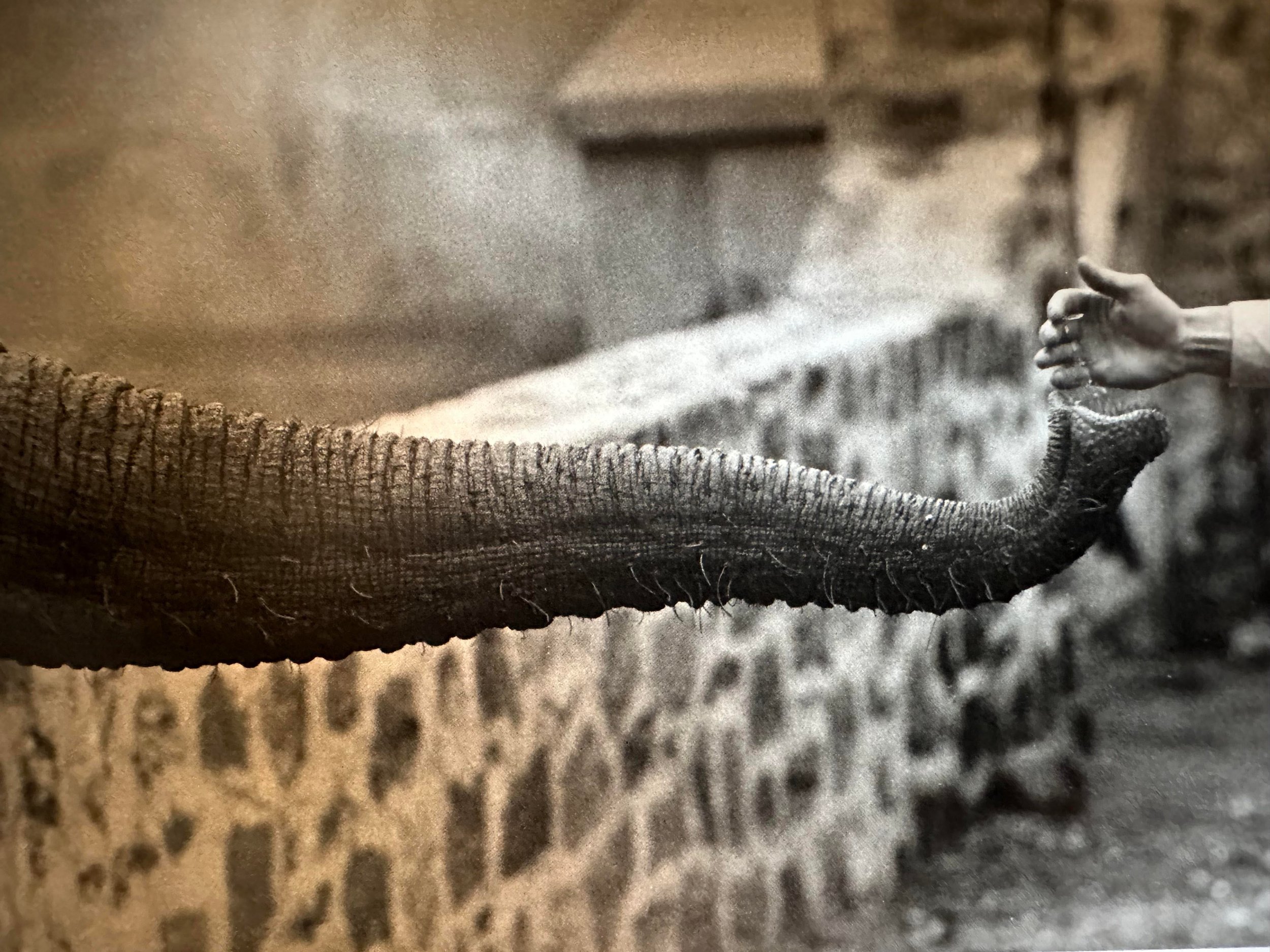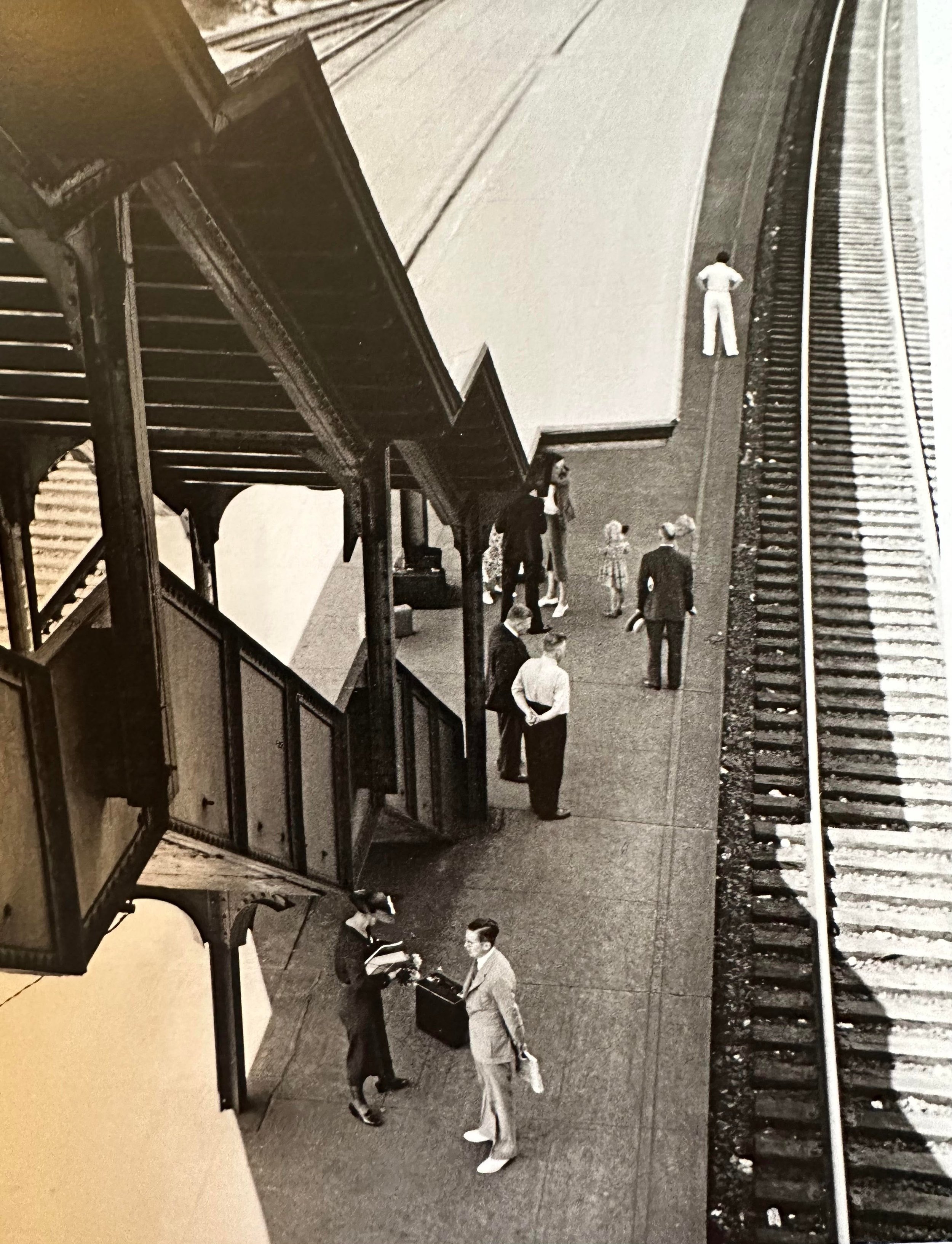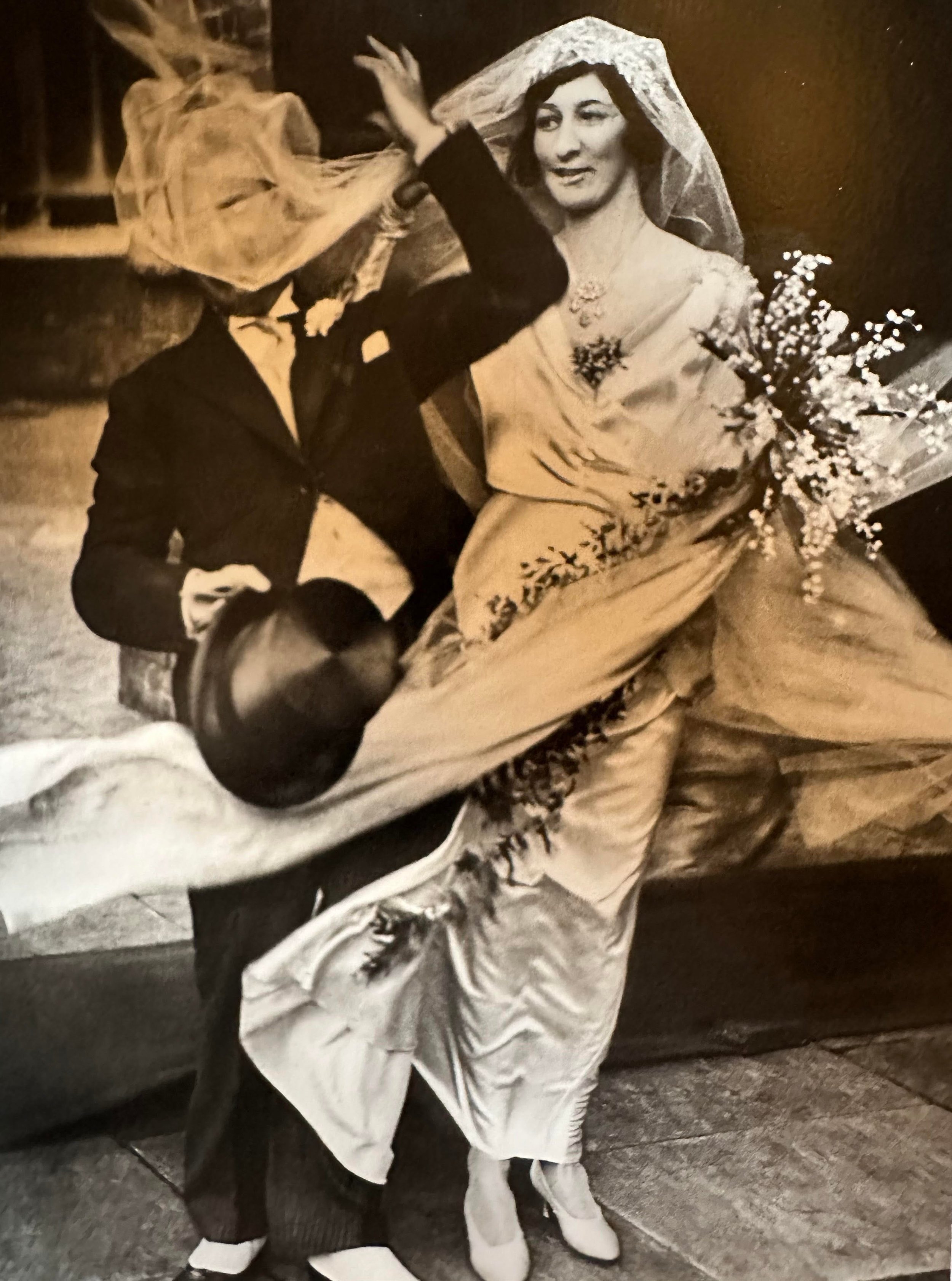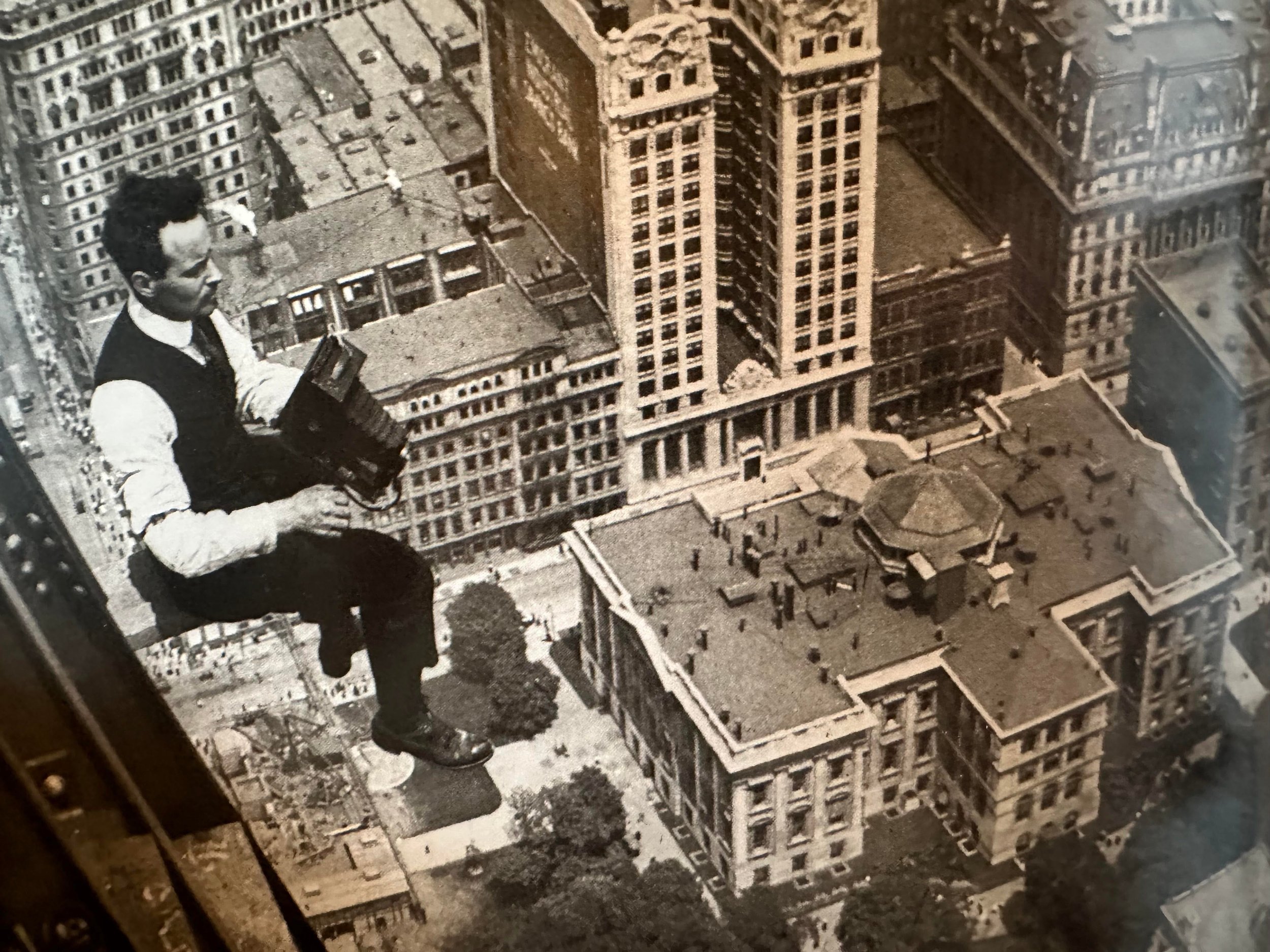Rishad Tobaccowala: How to Think Better
The Future Does Not Fit in the Containers of the Past. Edition 150.
Harry Callahan
The Photographer's Eye by John Szarkowski is a fantastic overview of photography which is based on an exhibition curated by him for MOMA in 1964.
The book selects photographs from the entire history of photography up to 1964 both by famous photographers like Henri Cartier-Bresson, Walker Evans, Paul Strand, and Edward Weston but also work by amateurs to illustrate challenges and opportunities faced by photographers.
Szarkowski identifies five keys to see like a photographer: 1) The Thing Itself, 2) The Detail, 3) The Frame, 4) Time and 5) Vantage Point.
Each one of these five are also great tools to use to improve thinking for personal and business decisions.
Photographer Unknown
The Thing Itself
“The first thing that the photographer learned was that photography dealt with the actual; he had not only to accept this fact, but to treasure it; unless he did, photography would defeat him. He learned that the world itself is an artist of incomparable inventiveness, and that to recognize its best works and moments, to anticipate them, to clarify them and make them permanent, requires intelligence both acute and supple.”
One of the keys to proper thinking is to see the situation for what it is.
To face reality. To collect the facts. To not have FOFO ( the fear of finding out).
If we traffic in magical thinking, look away from the problem and assume away what is real it is hard to think straight.
Garry Winogrand
The Detail
“The photographer was tied to the facts of things, and it was his problem to force the facts to tell the truth. He could not, outside the studio, pose the truth, he could only record it as he found it, and it was found in nature in a fragmented and unexplained form—not as a story, but as scattered and suggestive clues.”
Every challenge and opportunity lies in the details. One or two key variables that the enterprise turns on. Forgetting that interest rates could go up and that you can not lend in the long term while borrowing in the short term led to Silicon Valley Bank’s implosion.
Similarly in the sea of data lies the pattern which reveals the meaning.
In hindsight the key details and critical data are obvious. But to reveal what drives the machine and makes the clock tick we need to analyze and scenario plan.
The shifting of parameters often reveals the key variables we take for granted or need to be aware of.
Ask what key details or critical data that drive assumptions. And then think about when they change what new new risks or opportunities are created?
Andre Kertesz
The Frame
“Since the photographer's picture was not conceived but selected, his subject was never truly discrete, never wholly self-contained. The edges of his film demarcated what he thought most important, but the subject he had shot was something else; it had extended in four directions. If the photographer's frame surrounded two figures, isolating them from the crowd in which they stood, it created a relationship between those two figures that had not existed before.
The central act of photography, the act of choosing and eliminating, forces a concentration on the picture edge—the line that separates in from out—and on the shapes that are created by it.”
Framing a problem is a key to solving it.
If one does not start with the right question the solution might never have a chance of being correct.
Similarly framing a situation or an offer is key to how someone looks at it.
Everything is in context with everything else and this ability to frame is an essential tool to the best problem solvers and sales people.
Photographer Unknown
Time
“All photographs are time exposures of shorter or longer duration, and each describes a discrete parcel of time. This time is always the present. Uniquely in the history of pictures, a photograph describes only that period of time in which it was made. Photography alludes to the past and the future only in so far as they exist in the present, the past through its surviving relics, the future through prophecy visible in the present.”
Placing things in perspective from a past, present and future lens allow one to stress test one’s thoughts.
Scavenging the past reveals treasures for the future but stay frozen in the past and there will be not future to treasure. So it is critical to both move forward from yesterday to today as well as backward from tomorrow to today.
In addition, it reminds us that timing is key to understand when to launch a product or service.
Too soon or too late is a problem as is too slow or too fast.
A decision that can be reversed should be made fast versus one that cannot should be marinated in time.
Photographer Unknown
Vantage Point
“Much has been said about the clarity of photography, but little has been said about its obscurity. And yet it is photography that has taught us to see from the unexpected vantage point, and has shown us pictures that give the sense of the scene, while withholding its narrative meaning. Photographers from necessity choose from the options available to them, and often this means pictures from the other side of the proscenium showing the actors' backs, pictures from the bird's view, or the worm's, or pictures in which the subject is distorted by extreme foreshortening, or by none, or by an unfamiliar pattern of light, or by a seeming ambiguity of action or gesture.”
In a famous Japanese movie Rashomon truth depends on where one stands. The same crime when viewed from four vantage points lead to different conclusions as to what actually happened..
Being able to think from the perspective of a buyer if one is a seller, from a disrupter if one is a legacy company or having the empathy to understand other peoples perspective are key to clear thinking.
So next time when making a decision or evaluating a situation 1) look hard at the situation or thing itself to make sure the facts are understood, 2) parse the detail and the data, 3) frame the question or the solution, 4) interrogate it with time scenarios and 5) view it from different vantage points.






